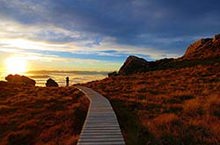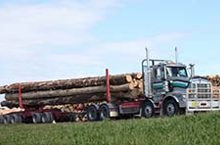
Forestry pioneer, Ross Lockyer, is back with an excerpt from his third book (of five), The River is my Highway: A New Zealand Forest Ranger in the Jungles of Borneo. Here’s a taste:
There were four main mooring points that the tugs regularly used, and the two most up-river spots were particularly good because there were some large kapok trees growing right on the riverbank that the crews could use to tie the rafts up to. Both of those mooring points, however, each a day’s towing apart, were on land owned by a Dayak tribe ruled by a tough old matriarch. She was known locally as the Dayak Queen.
In the 1800s and even up until 1940, head hunting was carried out by the Dayaks on almost any pretence. Heads were required if a baby was born to a high-ranking member of the tribe, or if someone important died, or for various other reasons. The senior women of the tribe had a big say in giving the order to raid an enemy village and take heads, or if a woman was in charge, she would make the sole decision herself.
For some months, the tugboat and towing foremen had been getting a bit of aggro from the Dayaks about paying some sort of mooring fees when they used their kapok trees to tie up to. The boss foreman came to me one day and told me that the Dayaks were threatening to cut the rafts loose at night if we didn’t pay up. I told him to tie up somewhere else, and he said that all the kapok trees on the only safe stretches of river up there belonged to the same Kutai tribe. So I told him that we wouldn’t pay any mooring fees, that they were probably only bluffing anyway, and that he should just ignore them.
A few weeks later, Jumri (the owner of CV Telen), came to find me in a panic: “Boss, the Dayaks have cut our rafts loose in the night, and we have a real mess up the river with drifting rafts, and logs smashing off village toilet rafts, tearing fishing boats loose from their moorings, and generally creating havoc with the other boats on the river!”
Jumri’s foreman had gone to see the Queen, and she admitted having cut the rafts loose, but she told him that she had warned his men, and that she would keep doing it until we paid her mooring fees. She also told them that she wouldn’t deal with them, and that she would only talk to the orang putih (white man) boss from Samarinda.
To read more, get your copy of the November 2023 edition of NZ Logger magazine, on sale from 31 October. Check the link here to subscribe to either a printed or digital copy (or both).









